A Guide to Wallpaper
Wallpaper is a popular interior decor material. Nowadays there is a great variety of wallpaper for your home.
5-Minute Crafts would like to help you navigate in the world of wallpaper, and understand the differences between the types of this decoration material.
Vinyl wallpaper
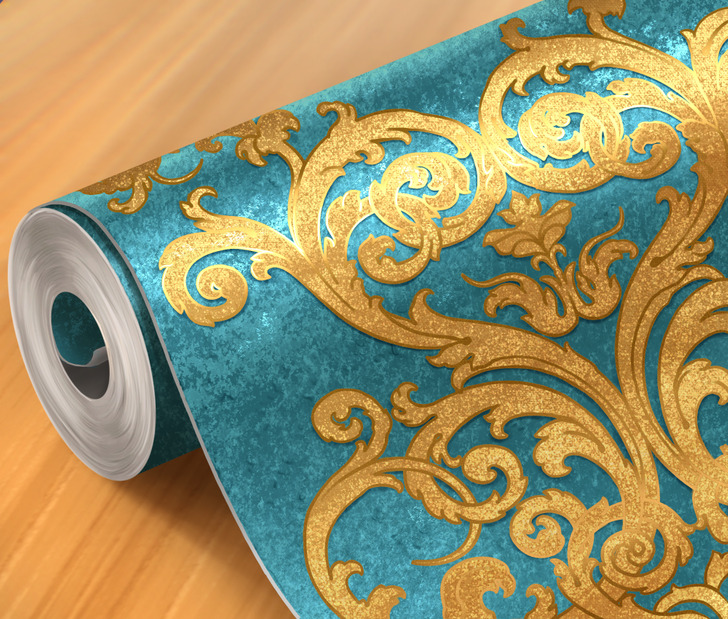
Vinyl has been used in wallpaper for over a century for its durability and effectiveness. Vinyl wallpapers are not only cheap, but they are also particularly durable, so they are suitable for the kitchen and even the bathroom. Vinyl wallpaper only needs to be changed every 10–20 years, which is very convenient and cost-effective.
There are 3 types of vinyl wallpaper:
- Solid sheet vinyl wallpaper is the most durable and easy to clean and remove from walls.
- Vinyl-coated fabric wallpaper has a pleasant texture and remains in good shape for a long time. It’s suitable for the living or dining room.
- Vinyl-coated paper wallpaper is not only durable but also washable. Therefore, it can be used in any room, including rooms with high humidity, like the bathroom or kitchen.
Embossed wallpaper
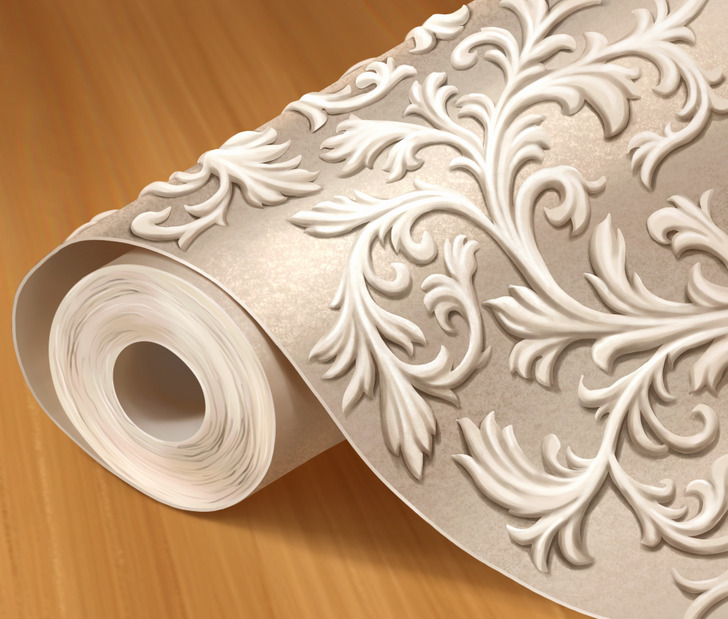
Embossed wallpapers add depth to plain walls. Patterns can be delicate and soft, or dramatically geometric.
The most popular wallpaper colors are cream and taupe as they create a natural palette that goes well with most other shades. The advantage of embossed wallpaper is that it’s able to hide cracks, scratches, and wall roughness in general.
However, this decoration material also has its disadvantages. This wallpaper is quite difficult to glue properly, and when removed, there is a risk of damaging the plastering on the wall.
Liquid wallpaper
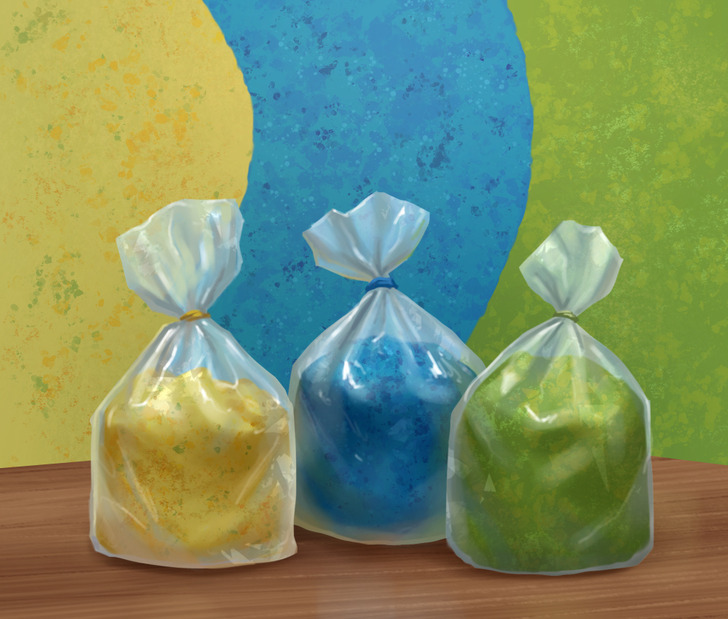
Some manufacturers call this material “decorative plaster,” but this is not entirely true. The fact is that the mixture, called liquid wallpaper, doesn’t contain sand. Its main components are dye, cellulose (or other natural substances)-based glue, and decorative components with the help of which liquid wallpapers acquire various textures.
The big advantage of liquid wallpaper is its good adhesion to the surface. Thanks to this, it can be glued to walls with various defects. This material is easy to use, environmentally-friendly, and has good heat and sound insulation. However, liquid wallpaper also has significant drawbacks: it doesn’t tolerate contact with water, and if applied incorrectly it makes the room look very cheap and untidy.
Fiberglass wallpaper
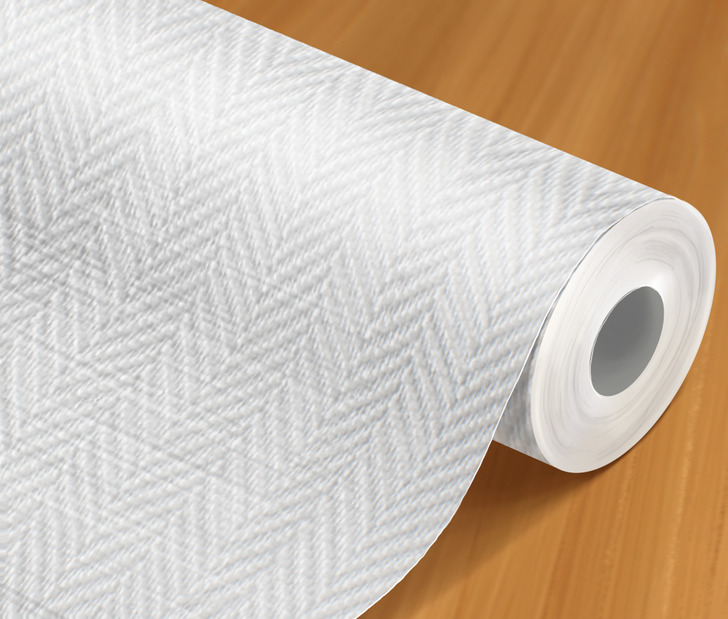
Fiberglass wallpaper has a number of important advantages. This material is waterproof, environmentally-friendly, and consists only of natural components: quartz sand, sodium carbonate, clay, and dolomite. Also, fiberglass doesn’t burn very well, which makes the risk for ignition of this wallpaper quite low.
Fiberglass wallpapers are suitable for wall decoration in a children’s room, as they are hypoallergenic. And due to their moisture resistance and density, it’s possible to use them in the kitchen and in the bathroom.
There are, however, nuances that make this decoration material not so attractive. For example, fiberglass wallpaper is very difficult to remove from the walls, and the glue for it is pretty expensive.
Paper-based wallpaper
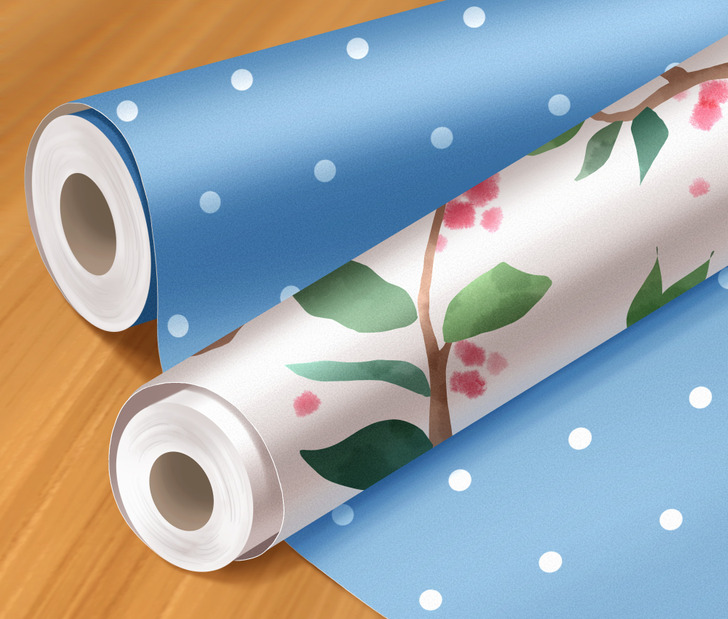
Paper-based wallpaper is quite cheap to produce, so its price is lower than other types of wallpaper, making it the most popular wall covering material. However, paper-based wallpaper is not recommended for use in the kitchen or bathroom, because it will deform and peel off due to temperature changes and high humidity.
Besides, paper-based wallpapers are quite difficult to glue accurately, because air bubbles can form under them.
Non-woven wallpaper
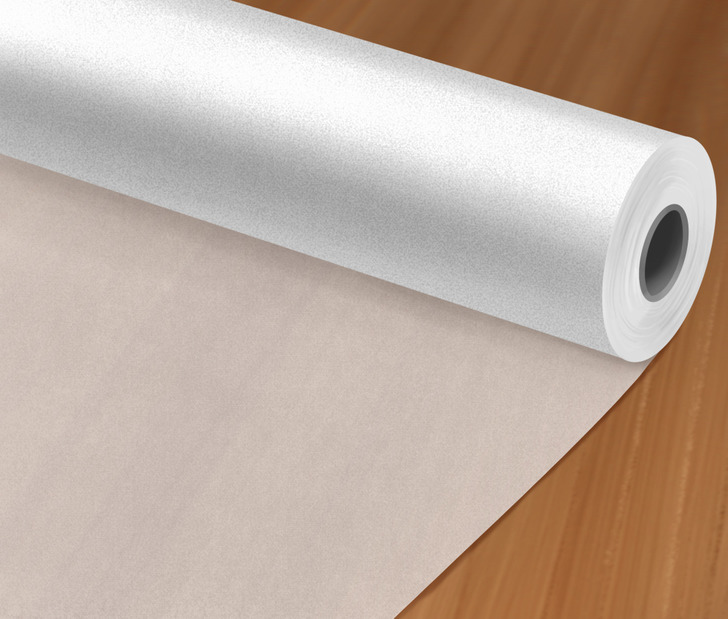
Bamboo wallpaper
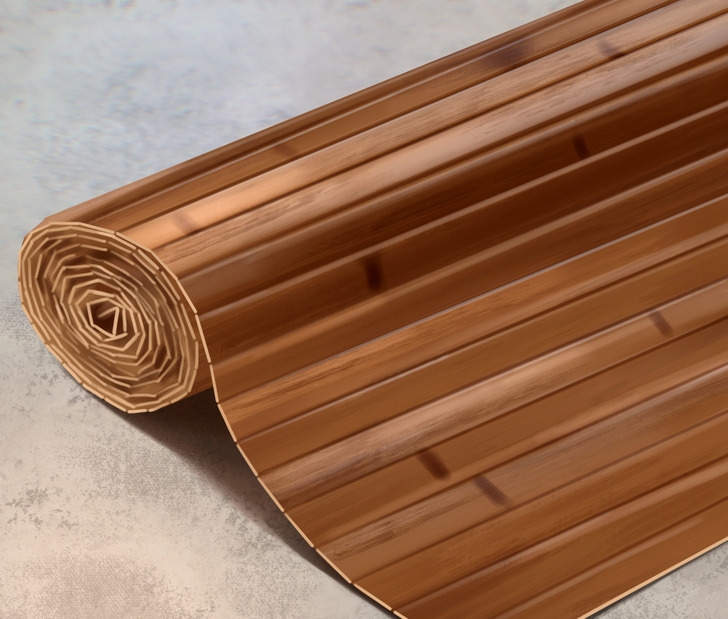
Made from natural bamboo, this wallpaper doesn’t change color over time, but it can’t be exposed to high humidity and it is difficult to clean. Therefore, you should not use it in the kitchen or bathroom.
Among the disadvantages of bamboo wallpaper are its high price and the fact that it collects a large amount of dust. Therefore, you have to clean it often with a vacuum cleaner or a soft cloth.
However, with the help of bamboo wallpaper, you can decorate not only the walls, but also the ceiling, the arches, and the doors of a home, creating a tropical atmosphere.
Textile wallpaper
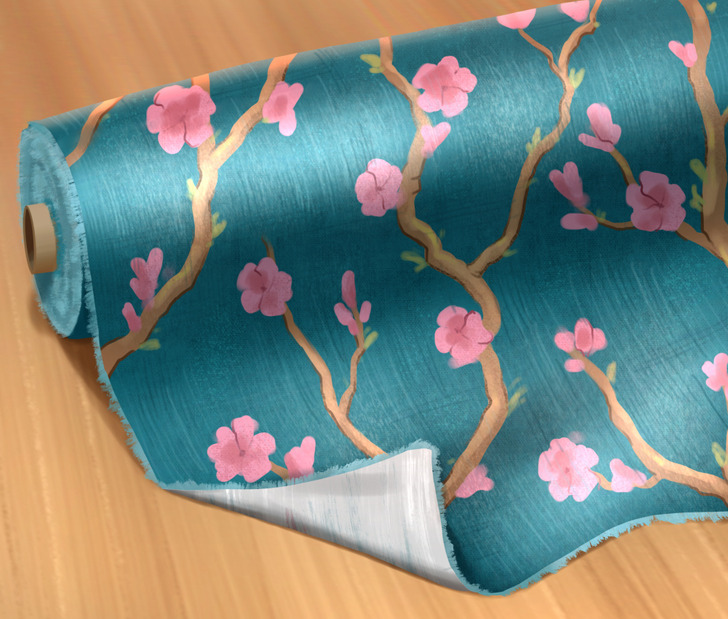
Textile wallpaper is an expensive decoration material that creates a sense of well-being. It can be made of cotton, linen, silk, felt, and even twine or feathers.
Fabric wallpapers are airtight, stain-resistant, and provide excellent insulation, but are expensive and extremely difficult to install. If necessary, they can be very easily and quickly removed.